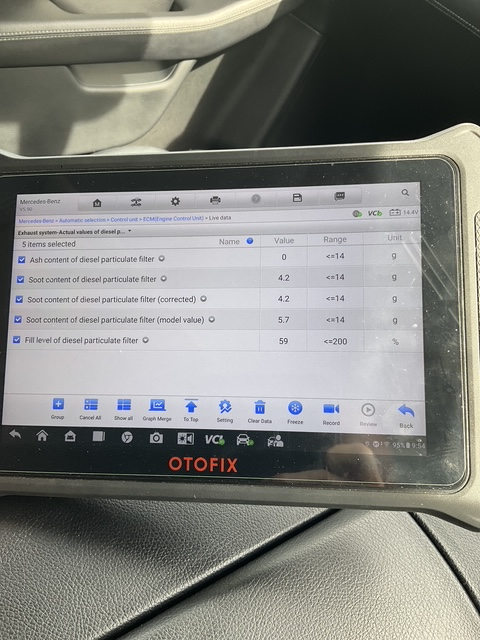When buying a used car, safety and reliability are top concerns, yet hidden problems are common in pre-owned vehicles, especially those with accident or poor servicing histories. While some sellers may disclose these issues, most don’t. Whether it’s unseen frame damage, improper repairs, or malfunctioning safety features, these factors can make even a great deal an expensive risk. This article breaks down a comprehensive used car inspection process, with straightforward steps for spotting potential issues and making a confident, informed purchase.
What is a Used Car Safety Inspection?
A used car safety inspection is a process of systematically examining a pre-owned vehicle to identify any existing or potential problems. This inspection covers critical areas such as the braking system, steering, tyres, engine, body condition, and electrical systems, among others. While professional inspections are thorough, having a checklist for your own pre-inspection can save time, help you spot major red flags, and ensure you avoid unsafe vehicles.
Read also: Should You Buy a High Mileage Car?
Check the Vehicle History Report
The first step in any used car inspection is to get the vehicle’s history report. Services like Vicroads or AutoCheck offer detailed records of accidents, repair history, mileage, and ownership. A history report can reveal red flags like previous accidents, flood damage, and title issues, which indicate whether a car was once declared a total loss by an insurance company.
Key Points to Look For:
- Accident history and damage reports
- Mileage inconsistencies
- Ownership history (single-owner vs. multiple owners)
- Service and repair records
Inspect the Exterior for Visible Damage and Misalignment
Start by examining the car’s exterior under good lighting. Look for scratches, dents, rust, and mismatched paint that can indicate previous body repairs. Pay close attention to gaps between panels; uneven gaps are often a sign of previous accidents or improper repairs.
What to Inspect:
- Rust on door edges, hinges, or under the car
- Paint inconsistencies and mismatched panels
- Gaps between body panels and misaligned doors
- Headlights and taillights for cracks or cloudiness
Assess the Tyres and Wheels
Tyres reveal a lot about the car’s usage and alignment. Uneven tyre wear could mean alignment or suspension issues, which may indicate a history of improper repairs. Check for visible wear, cracks, or bulges in the tires, as well as the condition of the wheels. Are there excessive scrapes or any flat spots / buckles evident?
Checklist for Tyre and Wheel Inspection:
- Uneven tire tread wear, particularly on one side
- Visible cracks, bulges, or damage
- Matching tyre brands and tread depth
- Condition of the spare tyre, if present, including space save or are run-flat tyres needed or a sealant/compressor mobility system.
Examine the Braking System
A functional braking system is vital for safety. Start with a visual inspection of the brake pads, rotors, and calipers. During a test drive, pay attention to brake performance, listening for squeaking or grinding sounds, which suggest worn-out brake pads.
Signs of Brake Issues:
- Brake pedal feels soft or spongy
- Squeaking or grinding noises
- Shaking or vibration when braking
- Parking brake function and firmness
Look for Signs of Frame and Structural Damage
Structural integrity is important for vehicle safety, especially if the car was in a serious accident. Frame damage can compromise the car’s stability and handling. Look for any welding marks, dents, or bends in the frame under the vehicle, which may indicate past damage.
Frame Inspection Tips:
- Visible welds or patchwork under the car
- Bent or cracked frame elements
- Misaligned bumpers or body panels
- Gaps in door seals, indicating a misaligned frame
Take a Test Drive to Assess Performance and Handling
A test drive reveals how the car performs under different conditions and helps you spot issues that aren’t visible during a static inspection. Pay attention to how the car accelerates, brakes, and handles turns. Listen for unusual sounds and notice any vibrations or pulling to one side.
Checklist During Test Drive:
- Smooth acceleration and steady engine sound
- Braking performance and responsiveness
- Handling and steering response in turns
- Absence of unusual vibrations, rattles, or noises
Read also: Vehicle Inspection Checklist: The Ultimate Guide
Conclusion
Purchasing a used car can be a smart choice, but it requires careful inspection to avoid potential safety hazards and costly repairs. By following these steps and using a checklist, you’ll be better equipped to identify red flags, understand a vehicle’s condition, and make a confident buying decision. A used car safety inspection may take time, but it’s well worth the peace of mind and long-term value.

At German Precision, Klaus brings over 35 years of experience in pre purchase check, covering all models. If you’re buying a used hybrid or want a detailed check-up on your current vehicle, our thorough inspections give you a clear understanding of your car’s condition.
Contact us today to book your inspection and drive with peace of mind.

